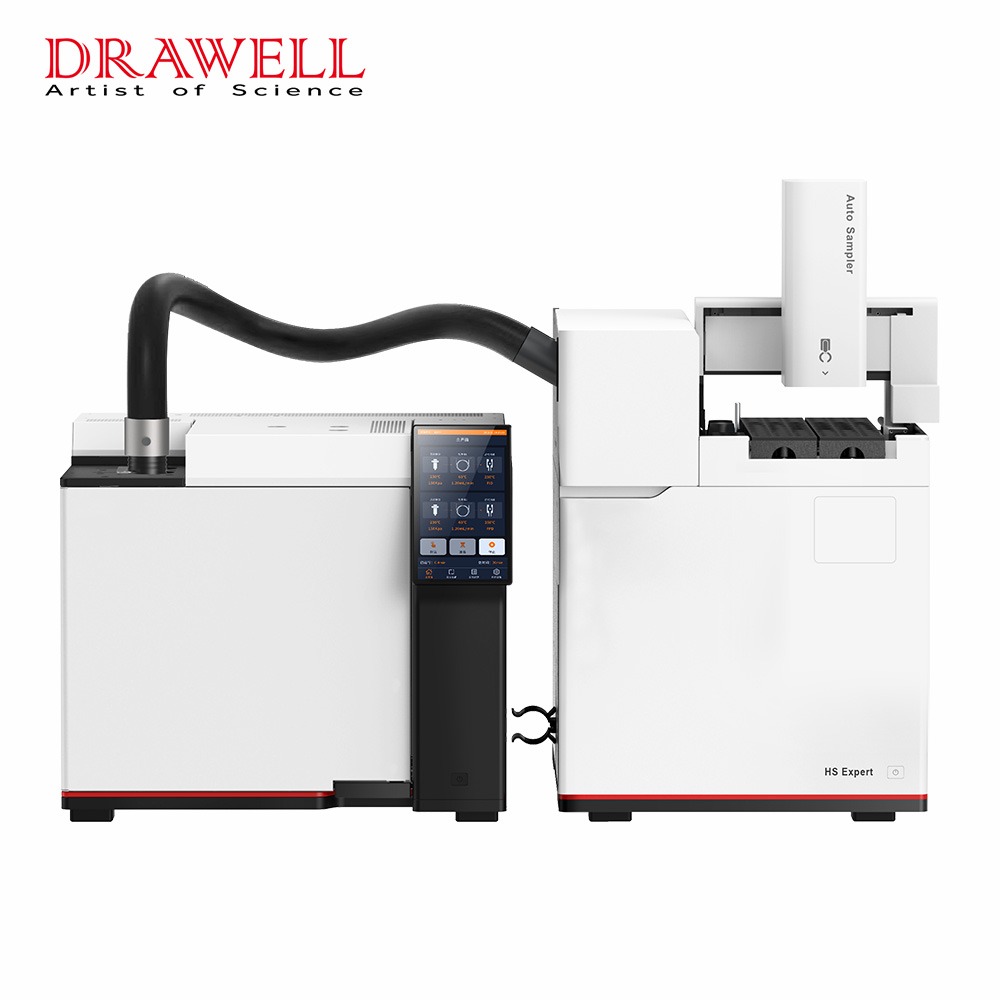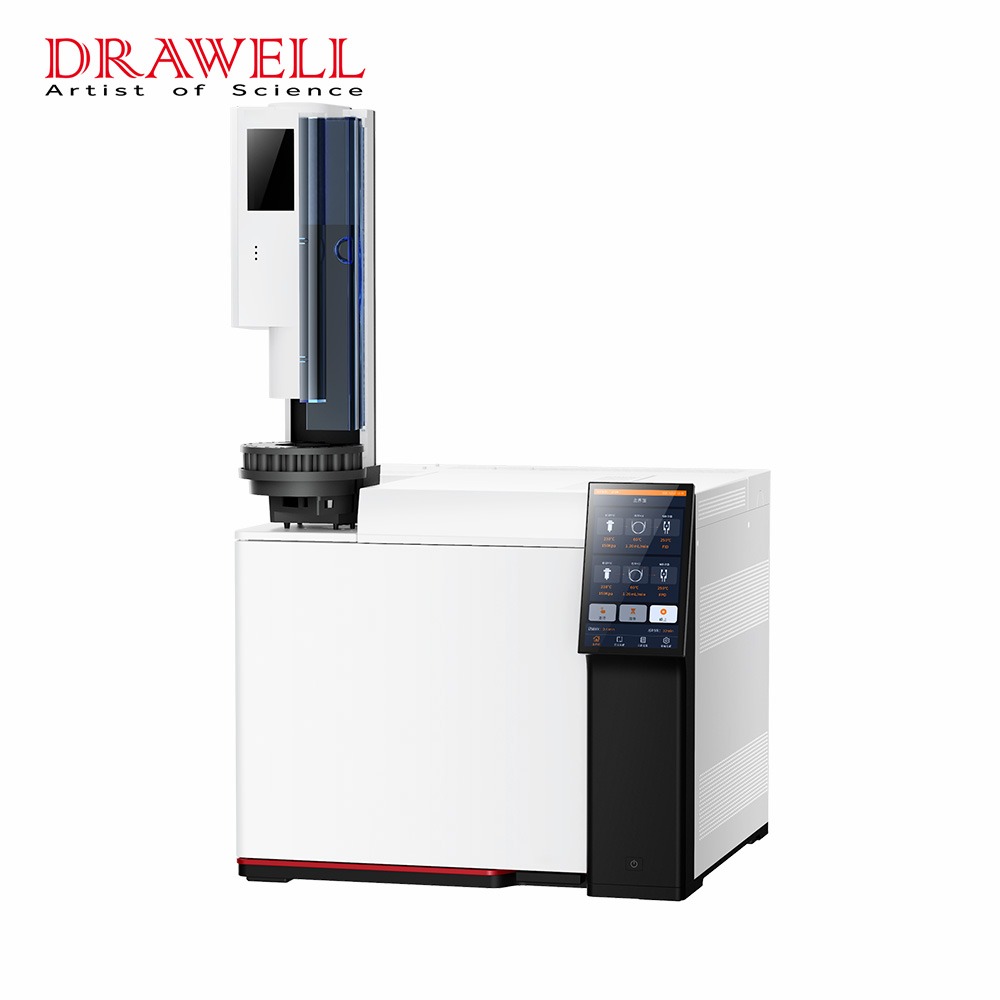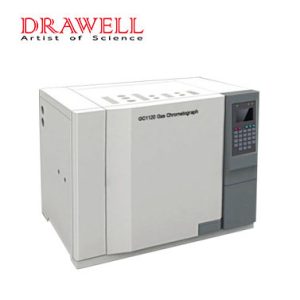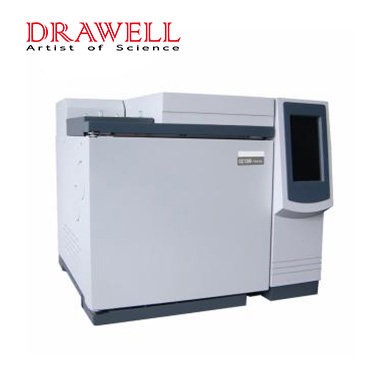Gas chromatography (GC) is a popular analytical technique for isolating and evaluating volatile chemicals in a wide range of materials. The ability of gas chromatography to successfully separate complicated mixtures is critical to its effectiveness. The sample injection system, which is responsible for injecting the sample into the chromatograph, is important to this separation process. This article delves into the critical role of the sample injection system in gas chromatography and explores the key components and the various techniques used in the sample injection process.
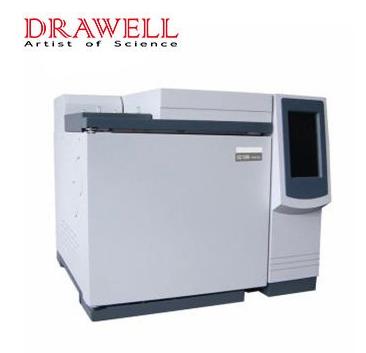
Importance of Sample Injection System in Gas Chromatography
The sample injection procedure substantially influences the accuracy and precision of the analysis in gas chromatography. The sample injection system serves several important roles.

Introduction of Samples
The sample injection system’s principal function is to insert the sample into the GC column. This is often in the form of a liquid or gas sample, and sample introduction accuracy is critical for good results.
Sample Volume Control
The sample injection system must ensure that the sample is injected into the chromatograph in a consistent and controlled amount. This is essential in quantitative analysis.
Minimizing Sample Loss
Efficient sample injection systems strive to minimize sample loss by transferring a considerable amount of the sample to the column.

Key Components of Sample Injection System in Gas Chromatography
A typical sample injection system in gas chromatography comprises several essential components:
Sample Injector
This is the main component in charge of introducing the sample into the chromatograph. Sample injectors come in a variety of configurations, including syringe injectors, autosamplers, and split/splitless injectors.
Syringe Injectors
These are manual or automated injectors that precisely measure and introduce the sample into the GC column using a syringe. They are frequently used to collect liquid samples.
Autosamplers
Autosamplers are highly efficient high-throughput analytical devices that can load many samples sequentially. They can handle both liquid and solid materials.
Split/Splitless Injectors
The operator can choose between split and splitless injection modes using these injectors. Split mode diverts a portion of the sample away from the column, whereas splitless mode introduces the complete sample into the column.
Injection Port
The injection port is the entry point for the sample into the GC column. It is typically heated to vaporize the liquid sample and transfer it into the column efficiently.
Liners
Liners are inserted into the injection port to guide and focus the sample vapor into the column, reducing sample discrimination and improving peak shape.
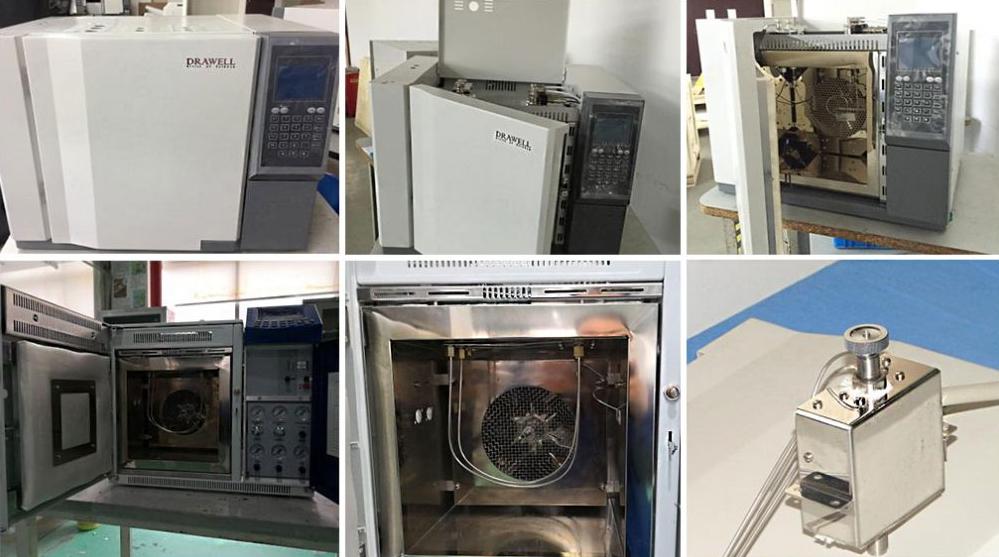
Commonly Used Techniques of Sample Injection Systems in Gas Chromatography
Various sample injection techniques are used in gas chromatography (GC) to introduce samples into the chromatograph for examination. The injection technique used is determined on the nature of the material, its concentration, and the specific analytical goals.
1. Split Injection
In split injection, a portion of the sample is diverted away from the column, while only a fraction of the sample enters the column for separation. This technique is commonly used for samples with a high concentration of analytes, preventing column overloading. The split ratio can be adjusted to control the amount of samples entering the column.
2. Splitless Injection
Splitless injection is the opposite of split injection. In this technique, the entire sample is introduced into the column, maximizing sensitivity. It is particularly useful when analyzing trace-level components. To prevent column overloading, the split vent is initially closed, and the sample is allowed to enter the column for a specified time before the split vent is opened to remove excess material.
3. Direct Injection
For gaseous or headspace samples, direct injection is used. Instead of delivering a liquid sample, a gas or vapor phase sample is directly introduced into the GC system. This approach is appropriate for analyzing volatile chemicals that do not require sample pretreatment.
4. On-Column Injection
On-column injection, also known as cold-on-column injection, involves placing the sample directly onto the head of the GC column without using an injection port. This technique is particularly useful for the analysis of thermally labile compounds and very volatile substances, as it minimizes sample degradation due to heating in the injection port.
5. Purge and Trap Injection
The purge and trap technique is a sample introduction technique used to analyze volatile organic compounds (VOCs) in liquid samples such as water or soil extracts. The sample is purged with an inert gas to release the volatile analytes, which are then trapped on an adsorbent material. After trapping, the analytes are desorbed and introduced into the GC column for separation.
6. Headspace Injection
Headspace injection is a technique used to analyze the volatile compounds present in the headspace above a liquid sample. The headspace, which contains volatile analytes in equilibrium with the liquid, is sampled and injected into the GC for analysis. This technique is valuable for analyzing compounds in samples like beverages, pharmaceuticals, and environmental samples.
7. Solid-Phase Microextraction (SPME)
SPME is a sample preparation and injection technique that involves extracting analytes from a sample matrix using a coated fiber. The fiber is then introduced into the GC injector, where the analytes are thermally desorbed and transferred to the GC column. SPME is particularly useful for analyzing volatile and semi-volatile compounds.
8. Large Volume Injection
In order to improve sensitivity, a relatively large volume of sample is injected onto the column. When dealing with dilute samples or attempting to detect trace-level analytes, this approach comes in handy. It is compatible with split, splitless, and on-column injection methods.
9. Programmed Temperature Vaporization (PTV)
PTV injection allows for precise control of the temperature during injection. The sample is introduced into the injection port at a lower temperature, and then the temperature is rapidly increased to vaporize the sample and transfer it into the column. PTV is particularly useful for analyzing samples with a wide range of boiling points.
Selecting the appropriate sample injection technique is essential to achieve the desired analytical goals in gas chromatography, whether it’s maximizing sensitivity, preventing column overloading, or preserving the integrity of thermally labile compounds.
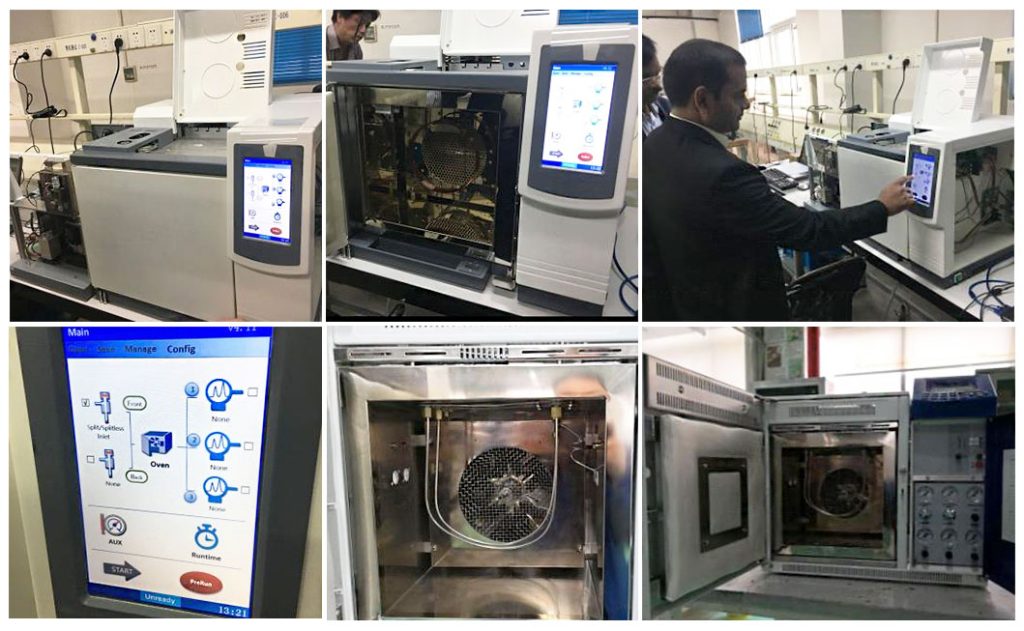
Conclusion
The sample injection system is one of the most important components in gas chromatography since it determines the accuracy, precision, and efficiency of the analysis. Choosing the appropriate sample injection technique and components is critical for achieving trustworthy findings, and this frequently depends on the type of the sample and the unique analytical requirements. The sample injection system, whether employing manual syringe injectors or high-throughput autosamplers, is the key to successful gas chromatographic analysis.

